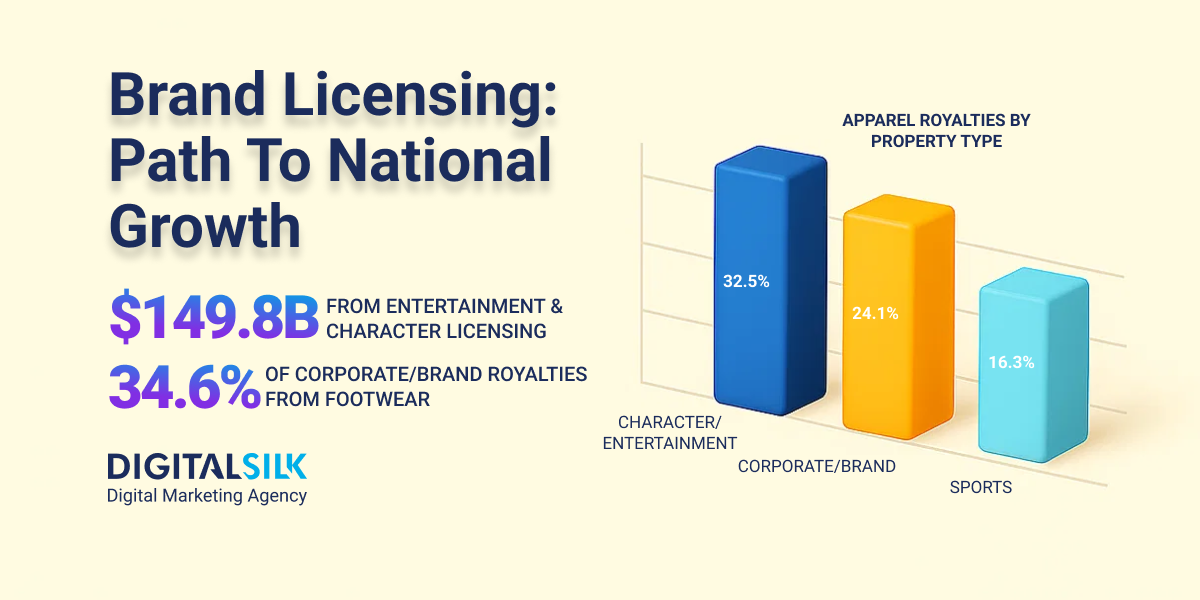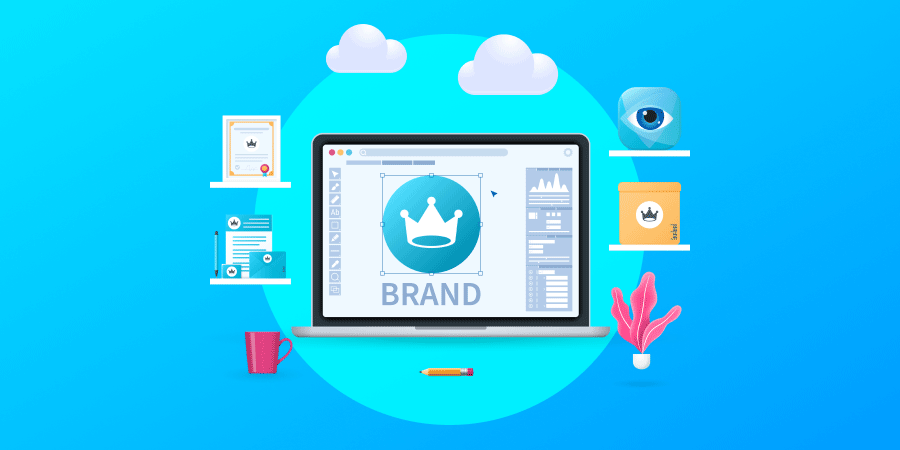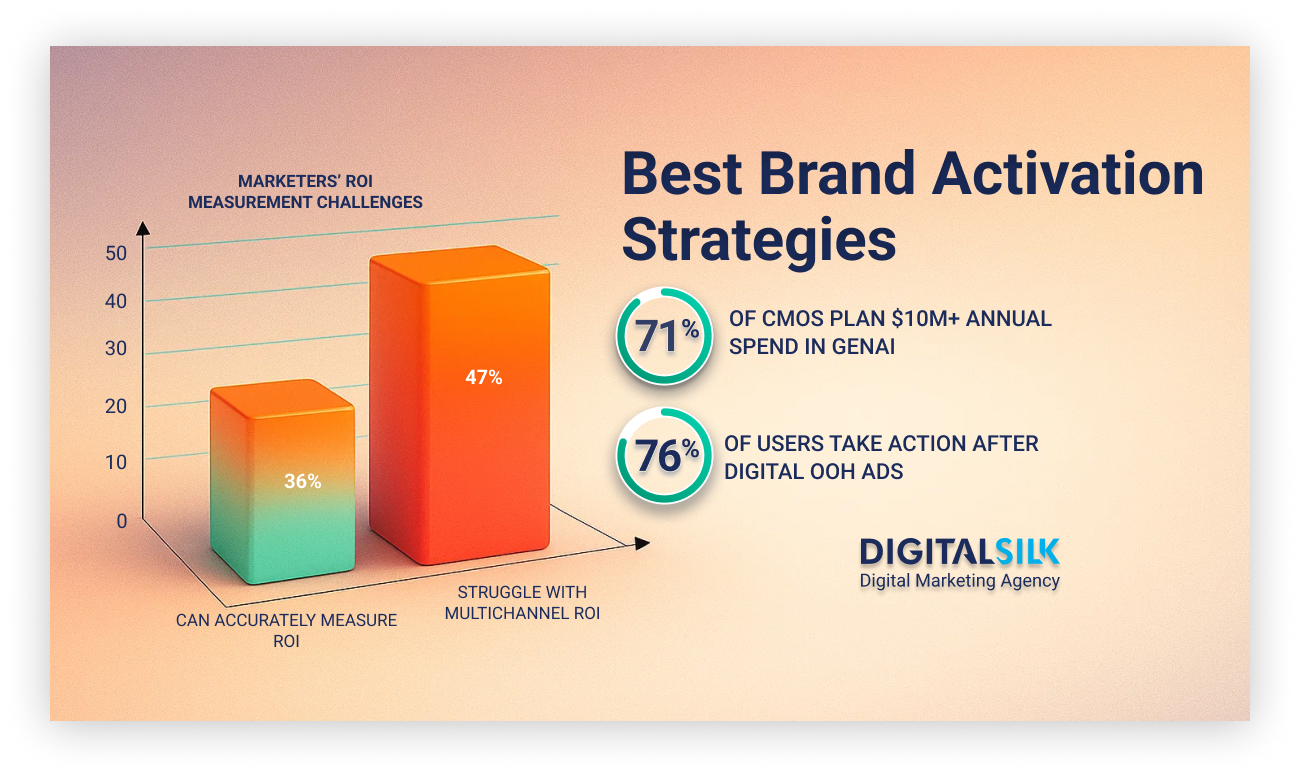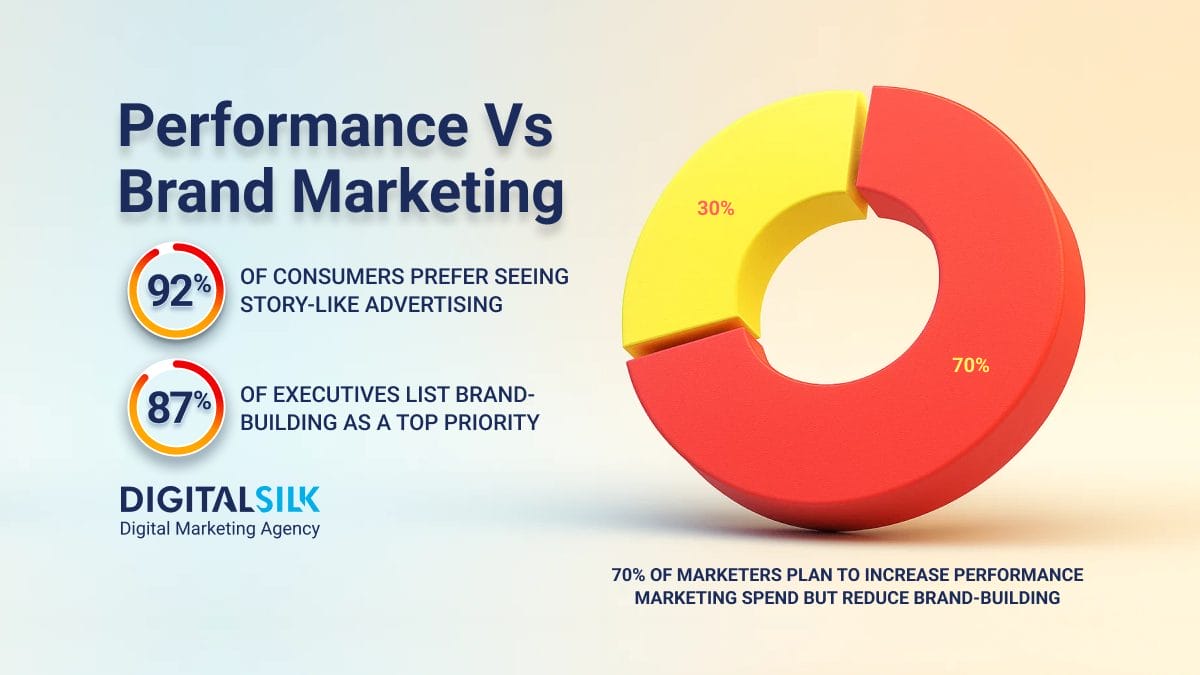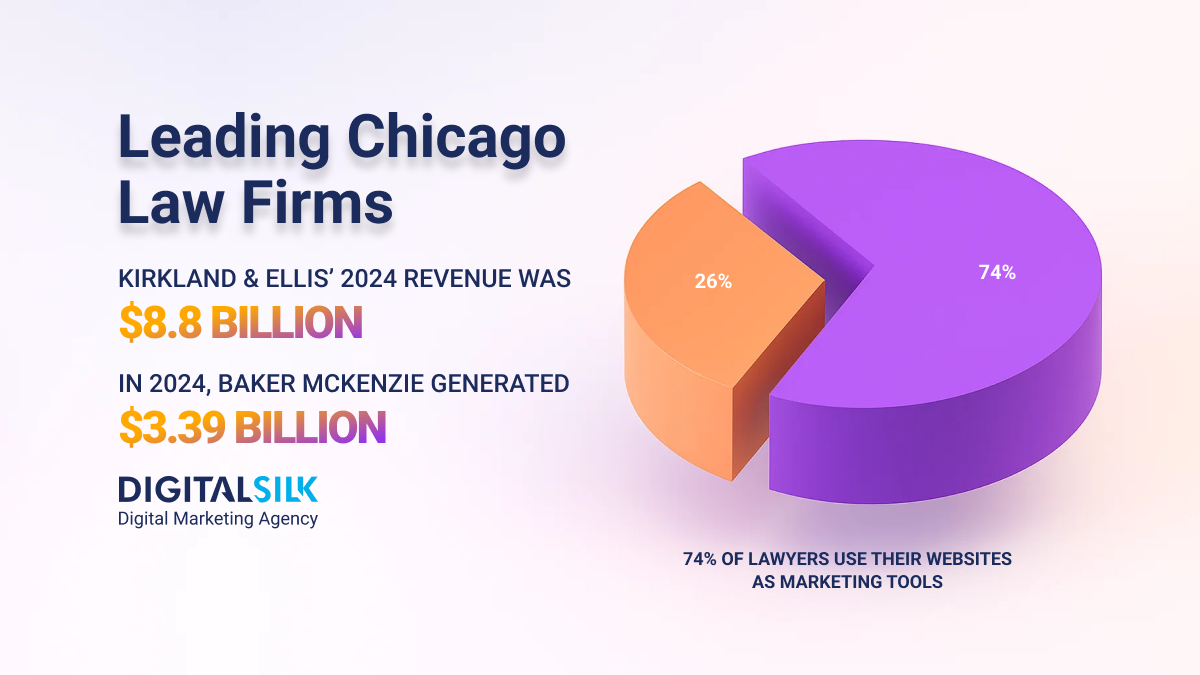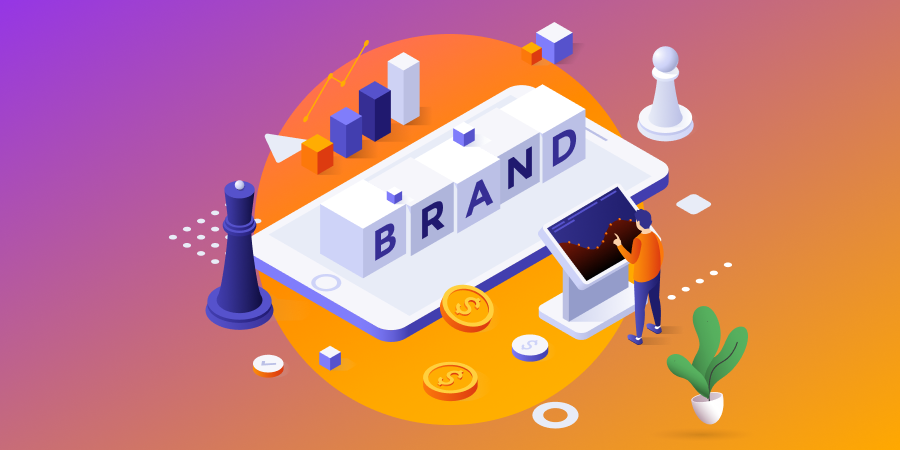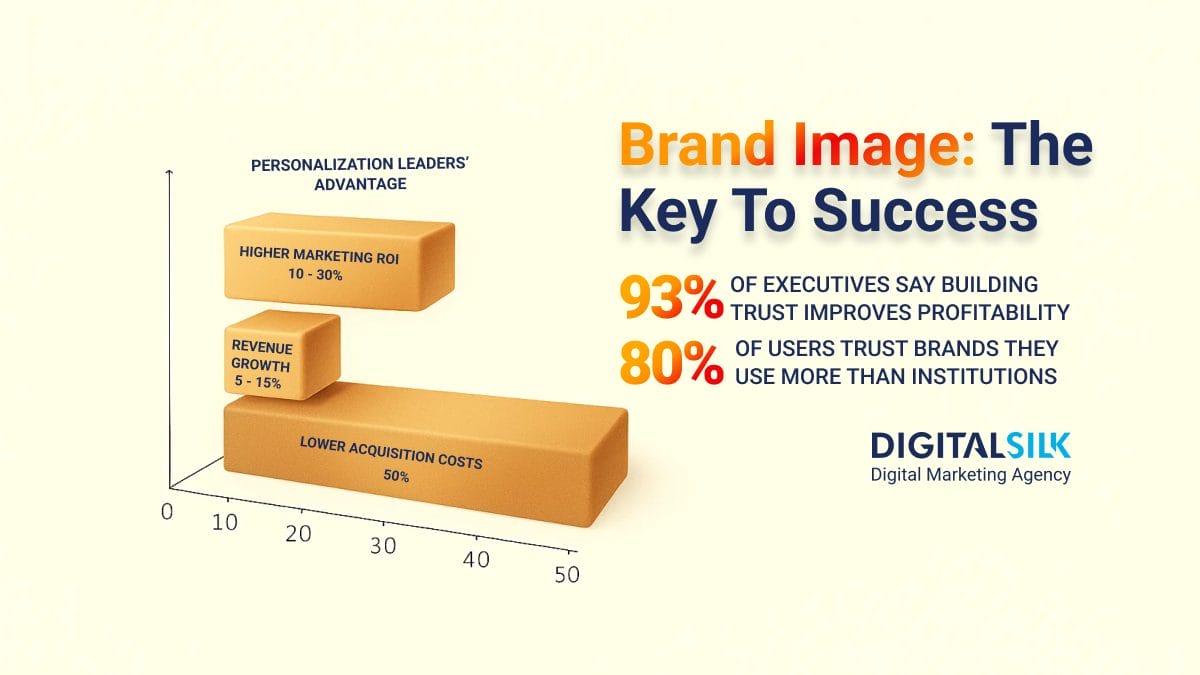Brand Licensing: Key Highlights
-
Capital-light national scale: Licensing lets you enter new categories and retailers fast, leveraging partners’ manufacturing and distribution instead of building your own.
-
Control that protects equity: Clear IP scope, quality gates and performance clauses (minimums, reversion, termination) keep products on-brand and revenue on-track.
-
Data-driven ROI: Track sell-through by region, royalty vs. forecast, retail footprint, brand health and renewals, then reallocate spend and rotate partners to optimize.
In 2024, the global brand licensing industry surged to $369.6 billion, which is a 3.7% increase over 2023.
This growth underscores a reality that brand licensing has become one of the most effective ways to scale nationally, creating capital-light revenue streams, expanding market presence and strengthening brand equity through trusted partnerships.
When executed strategically, licensing can accelerate market entry, increase visibility and deliver recurring royalty income without diluting brand value or losing control of intellectual property. It offers a framework that consistently outperforms traditional retail expansion.
Below are ten proven brand licensing strategies that leading brands use to achieve national reach, backed by market data, real-world examples and practical execution tips.
10 Strategic Paths To Scale Nationally Via Brand Licensing
Below are ten actionable brand licensing strategies you can start applying now.
1. Category Extensions Via Trusted Manufacturers
Category extension is one of the most direct ways to use brand licensing to expand reach nationally.
This strategy involves partnering with established manufacturers to produce and distribute complementary products under your brand name.
For example, Nike licenses its brand to eyewear manufacturers for sunglasses, while Coca-Cola extends into apparel and lifestyle accessories through licensing agreements.
Apparel remains one of the most consistently licensed product categories worldwide. According to the Licensing International Global Licensing Industry Study from 2024, apparel generates substantial royalty revenue across multiple property types, for instance:
- Character/Entertainment properties derive 32.5% of their apparel category royalties from licensed apparel
- Corporate/Brand properties see 24.1% of royalties in apparel
- Sports properties account for 16.3% of apparel category royalties
The advantage for licensors is reach without building new production lines. Manufacturers handle production, distribution and often marketing, while your brand gains shelf space in national retailers and exposure to new audiences.
Ralph Lauren has expanded into home furnishings, bedding and even paint through licensing, each extension reinforcing the brand’s aspirational lifestyle positioning.
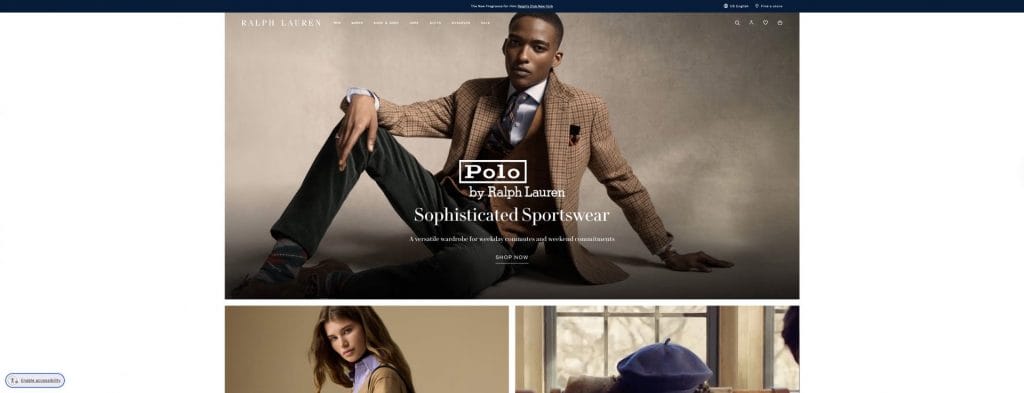
What This Means For You:
Select categories that align with your brand identity and have measurable consumer demand.
Negotiate rigorous quality control and approval rights to ensure every licensed product enhances rather than erodes your brand.
2. National Retail Capsules & Co-Brand Collaborations
Retail capsules and co-brand collaborations can catapult a brand into national visibility almost instantly.
These are time-limited, themed product lines created in partnership with major retail chains, often tied to seasonal or event-driven marketing.
Consider Target’s limited-edition Missoni collection, which generated media coverage nationwide and sold out within hours. Pairing with a large retailer’s distribution and promotional muscle allows you allows you to access markets you might never reach alone.
In the licensing data, fashion-linked categories are significant revenue drivers. For example, Corporate/Brand properties earn 34.6% of their footwear category royalties, and fashion accessories hold 22.8% in Character/Entertainment. These are precisely the types of products that shine in capsule collections.
LEGO’s co-branded sets with global franchises like Star Wars combine the power of two established brands, ensuring national retail demand across multiple sales channels.
What This Means For You:
Time your capsules to high-traffic retail periods, including holidays, back-to-school and major sporting events to maximize urgency and sell-through rates.
3. Regional Licensee Deployment
For national expansion, splitting rights by region (e.g., West, Midwest, Southeast) lets you onboard partners who already know local retail buyers, seasonal patterns and pricing thresholds.
It’s the licensing equivalent of area development in franchising: you scale faster without sacrificing execution quality.
Use this to localize product assortments, adjust packaging claims to regional preferences and stagger rollouts to match distribution realities.
For example, PepsiCo tests regional flavors and pack sizes through local bottlers before rolling out nationwide. In a licensing context, the same principle applies to apparel, home goods and grocery products, localizing designs and distribution to drive higher sell-through.
In 2020, PepsiCo’s brand, Mountain Dew partnered with Bojangles, a fast-food chain in the Southeast. Until 2023, Bojangles sold a regional restaurant-exclusive MTN DEW Southern Shock flavor.
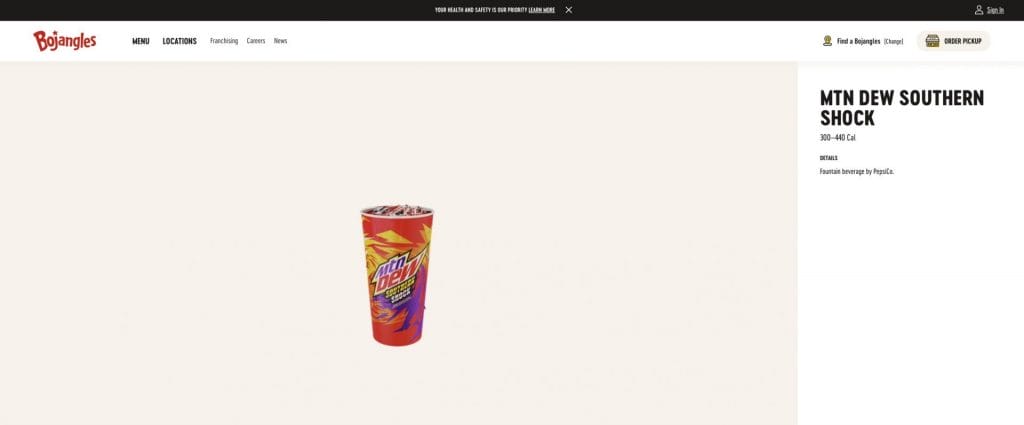
The U.S. Bureau of Labor Statistics shows meaningful differences in category spending by region, directly impacting sell-through.
Meanwhile, Census Bureau Monthly State Retail Sales data confirms retail performance varies significantly by state and sector, validating the need for territory-specific strategies.
What This Means For You:
Structure competitive bids for each region, set Key Performance Indicators (KPIs) such as sell-through, compliance scores and market share by channel and run quarterly performance reviews. Be prepared to reassign underperforming territories to protect national momentum.
4. “X Inside” Co-Brand Or Ingredient Licensing
Ingredient branding positions your brand as a quality signal embedded in another company’s product.
This strategy works best in categories where performance or trust drives purchasing decisions, such as technology, automotive, outdoor gear or textiles.
A classic example is “Intel Inside”, which turned an invisible component into a consumer-recognized mark of quality, boosting Original Equipment Manufacturer (OEM) sales and justifying premium pricing.
GORE-TEX follows the same model in apparel, lending its waterproofing technology to outerwear brands like Arc’teryx and The North Face, allowing them to market an added layer of trust and performance.
When structuring an ingredient licensing deal, licensors should enforce brand usage guidelines (placement, sizing, claims), build in co-marketing requirements and share technical validation assets (test results, quality assurance protocols) so licensees can market the ingredient credibly.
What This Means For You:
Choose ingredient licensing when your brand’s value lies in its functional promise. Protect the brand with usage rules and joint promotional strategies to ensure every product carrying your name enhances its equity.
5. Sports & Entertainment Tie-Ins
Sports and entertainment licensing taps into fan loyalty, which is a powerful driver of merchandise sales, collectibles and accessories on a national scale.
Aligning with teams, leagues or entertainment franchises allows brands to ride the wave of cultural moments and high-consumption events.
For instance, the NBA × Nike partnership ensures national demand for jerseys and fan apparel year-round, while Disney/Marvel pushes licensed products to mass retail in sync with blockbuster releases.
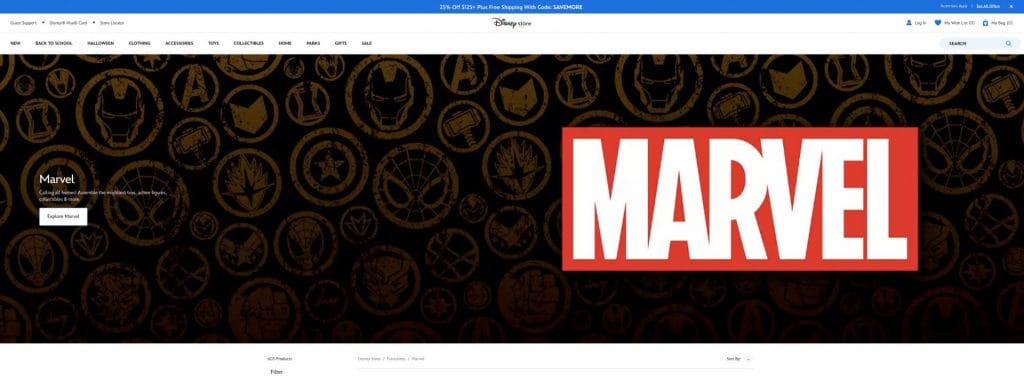
According to Licensing International, the Entertainment/Characters segment reached approximately $149.8 billion in 2025. This staggering value is fueled by anime, gaming and social media intellectual property.
What This Means For You:
Map your tie-ins to event calendars, such as premieres, playoffs, finals and manage product allocations to maintain scarcity and media buzz. Match fan demographics to your core target market for the highest conversion potential.
6. Location-Based Experiences (LBEs) & Service Licensing
LBEs transform brands into destinations via pop-ups, themed cafés, traveling exhibits or branded zones within major attractions.
These experiences create emotional connections, user-generated content and PR value that fuel nationwide awareness.
Universal Studios continues to build IP-driven attractions, with expansions like Epic Universe showing the category’s staying power.
LEGO Stores and branded pop-ups function both as retail outlets and interactive brand showcases, boosting product sell-through.
According to IAAPA’s 2025 benchmarking, North American theme park attendance is projected to exceed 437.5 million visitors in 2025, surpassing pre-pandemic figures, while revenues are on track to recover by leveraging higher per capita attendance and spend.
What This Means For You:
License only to operators with proven track records. Require guest-experience standards, tie renewals to metrics like per-capita spend and social reach and integrate retail opportunities into every experience.
7. Digital & Virtual Extensions
Digital licensing extends brands into gaming, virtual goods, streaming tie-ins and interactive events.
These formats scale nationally and globally with minimal physical infrastructure, making them highly capital-efficient for licensors.
LEGO × Epic Games is a prime example. They’re creating persistent experiences inside Fortnite to expand engagement beyond physical sets.
Luxury and fashion brands are also entering virtual worlds.
Louis Vuitton designed League of Legends character skins, Moncler launched altitude-reactive Fortnite outfits and Gucci offers exclusive digital wearables in Roblox through its “Gucci Town” metaverse space, allowing younger, digital-native audiences to engage with high-end fashion in new dimensions.
The global online games market is forecast to reach $37, 215.54 billion in 2030, offering a massive platform for licensed activations.
What This Means For You:
Identify where your audience already spends time online, then launch integrated campaigns combining in-game assets, influencer collaborations and timed drops to spike visibility.
8. Corporate Brand B2B Licensing
B2B licensing allows corporate brands to extend into professional tools, protective equipment, software integrations and industrial categories.
The value lies in trust because business buyers seek reliability and proven performance.
CAT Footwear, produced under license by Wolverine World Wide, translates Caterpillar’s rugged reputation into consumer and work footwear sold nationally. Caterpillar’s licensing program actively promotes opportunities, underscoring the role this channel plays in brand growth.
What This Means For You:
B2B licensing works when your brand carries credibility in specialized industries. Require compliance certifications, run audits and link royalties to performance indicators like warranty rates or product lifespan.
9. Food & Beverage Licensing via Co-Packers
For brands with strong taste, nostalgia or “restaurant-quality” associations, licensing into food and beverage with co-packers allows entry into national grocery and convenience store channels without building manufacturing capacity.
TGI Fridays × Kraft Heinz illustrates the model perfectly. In 2024, the companies announced a perpetual licensing agreement for TGI Fridays-branded frozen appetizers. This partnership began in 2001 and now includes around 25 different product variations.
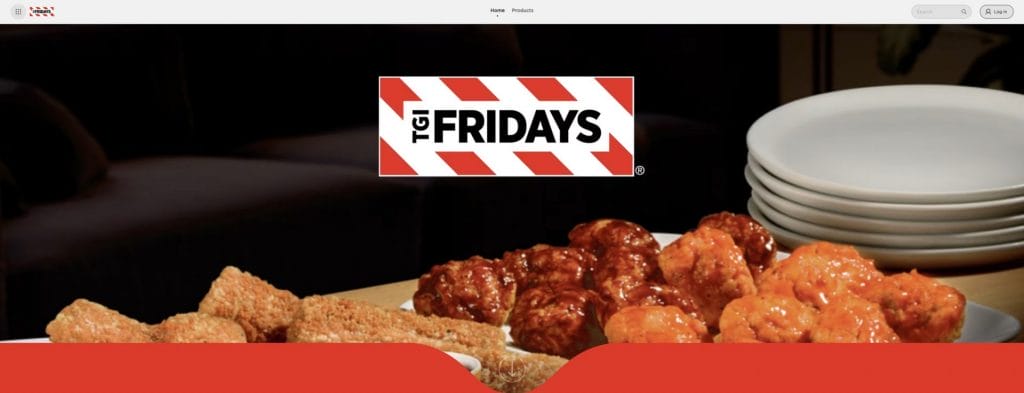
Similarly, La Colombe × Keurig Dr Pepper has expanded RTD coffee and K-Cup distribution nationwide through licensed manufacturing.
What This Means For You:
Lock in sensory and packaging standards, set recall protocols and hold quarterly category reviews to keep offerings fresh and aligned with consumer trends.
10. NIL & Influencer Licensing During Campaigns
NIL (name, image, likeness) and influencer licensing drives short-term visibility for product launches, seasonal campaigns or limited drops.
Adidas × Ivy Park (Beyoncé) proved the model’s reach potential, with high-demand drops selling out across global markets before the partnership ended in 2023. Despite its conclusion, the collaboration remains a benchmark for how celebrity-led licensing can create hype, drive scarcity and achieve rapid sell-through across multiple markets.
Collegiate athlete NIL partnerships offer similar momentum during sports seasons or major events.
The NIL market is valued at $1.67 billion for 2024–25, with growth potential as revenue-sharing models evolve.
Harvard Business Review emphasizes that marketers favor content quality, authenticity and audience fit, not follower count when selecting athlete ambassadors.
What This Means For You:
Use NIL and influencer licensing when speed-to-market is critical. Build performance metrics into contracts, align campaigns with major events, and leverage multi-channel promotion to maximize reach.
Quick Start Checklist For National Brand Licensing
To set the foundation for success, follow these essential steps before, during and after launching a licensing program:
- Secure and protect your IP: Register trademarks, copyrights and patents for all brand elements you plan to license. Without this step, enforcement will be costly and slow.
- Select the right licensing format for your category: From category extensions to ingredient brandng, match the model to your brand’s strengths and market demand.
- Vet licensees thoroughly: Assess their distribution reach, retailer relationships, product quality standards and marketing capabilities.
- Build performance safeguards into agreements: Include minimum guarantees, sell-through targets, and reversion clauses to maintain control and momentum.
- Implement an oversight & monitoring plan: Schedule regular performance reviews, site visits and market audits to ensure alignment and quality.
This checklist acts as your baseline. Every strategy you choose should align with and build upon these core principles.
Brand Licensing Pitfalls That Can Stall National Growth
Licensing can be one of the fastest ways to move from regional to national presence but it’s not without risks.
Many brands have seen licensing deals backfire when execution, oversight or alignment breaks down.
The most successful licensors treat licensing as a controlled brand extension rather than a hands-off revenue stream.
These are the potential drawbacks to watch out for:
1. IP Misuse & Scope Creep
Without airtight agreements, licensees may apply your brand to products, territories or marketing channels not covered in the deal.
For example, a licensee approved for home décor could start producing unapproved promotional merchandise, creating consumer confusion and diluting legal control over your trademarks.
2. Brand Dilution from Quality Lapses
Every licensed product is a direct reflection of your brand’s standards.
Subpar materials, packaging errors or inconsistent customer experiences can make people lose trust in your brand, sometimes faster than it was built.
A single poorly made licensed product can make national headlines and cause long-term reputational damage.
3. Revenue Risk & Royalty Dependency
Unlike direct sales, licensing revenue depends entirely on the licensee’s ability to sell.
Poor market performance, weak distribution or lack of marketing investment on their part means low royalties for you, sometimes without easy recourse if minimum guarantees aren’t built into the contract.
4. Enforcement Complexity & Legal Costs
National licensing often means working with multiple partners across different jurisdictions.
Monitoring compliance, pursuing breaches and litigating disputes can quickly become resource-intensive.
If your legal rights are ambiguous or under-enforced, reclaiming control can be slow and costly.
Risk Mitigation Strategies
The difference between a licensing program that scales nationally and one that stalls often comes down to how well the licensor anticipates and controls risk.
Leading brands design their licensing frameworks to prevent them.
That means building clear guardrails into agreements, maintaining rigorous oversight and giving themselves the contractual tools to step in if a partner underperforms or threatens brand integrity.
1. Define and Limit IP Scope
Spell out in writing exactly which trademarks, designs, logos and brand assets are included in the deal and in which territories, formats and sales channels they can be used.
Include language that prevents unauthorized sublicensing.
2. Set Performance Thresholds & Reversion Clauses
Specify minimum royalty guarantees, sell-through targets and deadlines for product launches.
If a licensee fails to meet them, rights automatically revert to you.
This ensures your brand is not locked into an underperforming agreement that stalls national growth.
3. Enforce Quality Control at Every Stage
Require pre-production samples, manufacturing audits and final product approvals before anything hits the market.
Some licensors, like Disney, maintain entire in-house teams dedicated to reviewing licensed products for brand alignment before they ship.
4. Maintain Oversight Through Audits & Site Visits
Grant yourself contractual rights to audit sales data, marketing materials and production facilities.
Schedule periodic site visits not only to check compliance but to strengthen the partnership and keep both sides aligned.
5. Build in Termination Rights for Non-Compliance
Make it clear that failure to meet brand standards, misusing IP or underperforming on sales metrics can lead to immediate termination.
A well-enforced termination clause deters risky behavior and gives you a clear exit if the partnership turns detrimental.
Bottom line is that national expansion through brand licensing works best when control, performance and brand protection are non-negotiable.
Treat licensing agreements as living documents. Review, update and enforce them regularly to keep every partnership working for your brand, not against it.
| Potential Pitfall | What It Looks Like In Practice | Prevention Strategy |
| IP Misuse / Scope Creep | Licensee uses your brand on unapproved products, in unauthorized territories or for unsanctioned marketing campaigns. | Define IP scope in detail, limit territories/channels and prohibit sublicensing without written approval. |
| Brand Dilution from Quality Lapses | Licensed products have inconsistent quality, incorrect branding or subpar packaging, impacting consumer trust. | Enforce pre-production sample reviews, manufacturing audits and strict quality standards in contracts. |
| Underperformance & Revenue Risk | Licensee fails to meet sales projections, resulting in low royalties and stalled market expansion. | Set minimum guarantees and sell-through targets; include reversion clauses to reassign rights if missed. |
| Enforcement Complexity | Multiple licensees across states/regions create monitoring challenges and compliance blind spots. | Build in audit rights, require regular performance reports and schedule on-site inspections. |
| Contractual Weaknesses | Agreements lack termination rights or clear performance thresholds, making it hard to act on underperformance. | Include termination clauses for non-compliance, brand risk or sales underperformance; review contracts annually. |
Measuring & Optimizing National Licensing Performance
Keeping an eye on performance is what makes a licensing program grow instead of getting stuck.
The right KPIs can help you see if your deals are boosting your brand and bringing in a good return on investment or if you need to make some changes.
Here are some key metrics worth monitoring:
- Sell-Through Rate by Category & Region: Measures how quickly licensed products sell once on shelves. Analyzing this data allows you to identify demand trends in different regions and categories.
- Royalty Revenue vs. Forecast: Compares actual royalties to your projections, showing if your partners are meeting financial expectations or if adjustments are necessary.
- Retail Footprint Expansion: Tracks the number of new retail locations, including various states and national chains carrying your licensed products. This metric shows your growth in the marketplace.
- Brand Health Indicators: Monitor sentiment analysis, brand recall and how well your brand is positioned in licensed categories, helping you ensure that its value is on the rise.
- Renewal & Expansion Rates: High renewal rates signal mutual value in the partnership. Plus, expanding into new categories shows confidence in the partnership.
To keep things on track, consider these optimization strategies:
- Shift Marketing Support to High-Performing Segments: If certain regions, channels or products are performing well, it might be time to divert marketing budgets to them to maximize returns.
- Deploy Limited-Edition or Seasonal Collaborations: Sometimes, launching a limited-time product can breathe new life into underperforming categories and create excitement among consumers.
- Reassign or Replace Underperforming Licensees: If a licensee isn’t meeting expectations, you might want to explore options for replacing them with partners who have stronger skills in specific markets.
When measured and optimized regularly, licensing becomes a powerful and repeatable growth engine.
Partner With Digital Silk To Grow Your Business
National growth through brand licensing is about strategic selection, airtight agreements and disciplined oversight.
Making those deals pay off also requires a strong brand foundation and cohesive digital executions, so every licensed product feels on-brand.
Digital Silk is a top-rated branding agency. We craft custom brand strategies that align with your goals, resonate with your audience and set the foundation for measurable growth.
As a full-service branding agency, our solutions include:
- Brand identity and development
- Brand strategy development
- Rebranding services
- Digital marketing
- Logo design
- Custom web design
We take a proactive, consultative approach with clear communication and KPIs you can track to measurable results.
To get started, contact our team, call us at (800) 206-9413 or fill in the Request a Quote form below to schedule a consultation.
"*" indicates required fields


